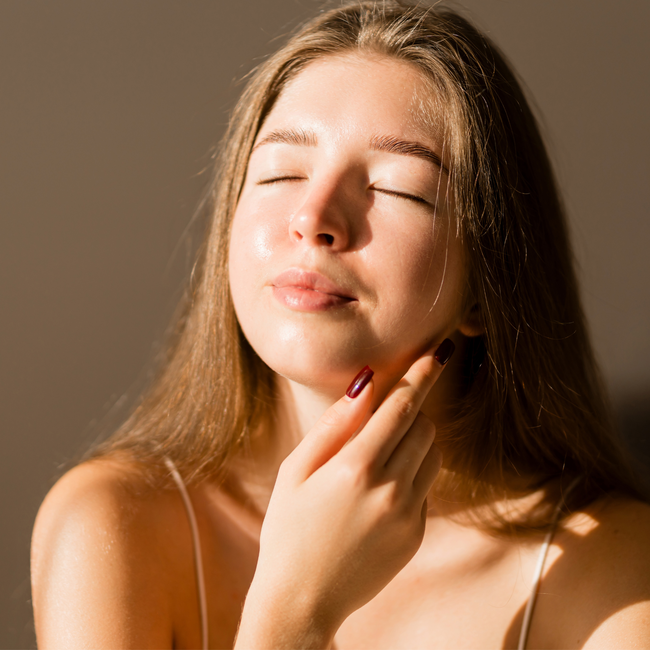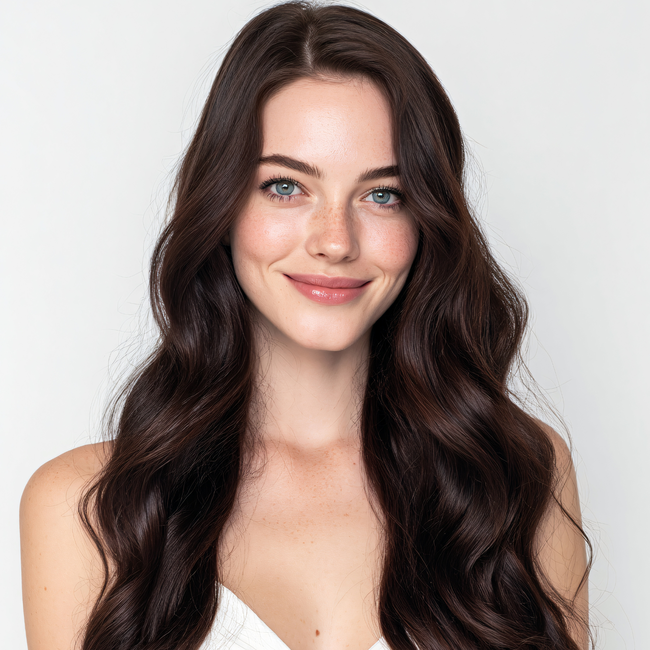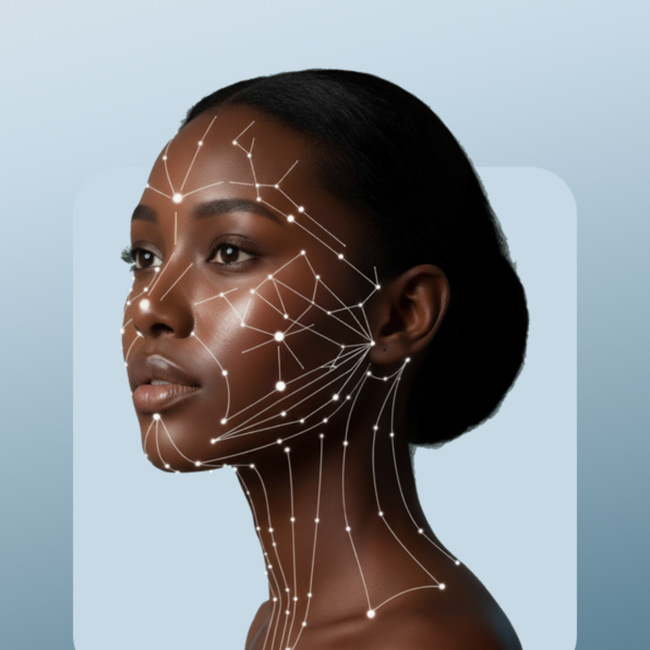There have been multiple trends that surface in the beauty community in order to help people achieve radiant, glowing, and flawless skin. The latest trend that has been causing a significant amount of impressions is known as “skin cycling”. In this blog, let’s delve into the intriguing topic of skin cycling- what it is, how it works, and if it’s worth adding to your skincare routine.
What Is Skin Cycling?
Skin Cycling is a four-night skincare routine developed by Dr. Whitney Bowe. This regimen incorporates the sequential use of an exfoliator, a Retinol product, and a moisturizer into your nightly skincare regimen. The frequent use of products such as exfoliators and Retinols can sometimes cause your skin to become irritated and/or inflamed. This cycle is designed to optimize your skincare product regimen,.
How Does Skin Cycling Work?
Night #1
The first evening consists of starting off with (double) cleansing and gently patting your skin dry, followed by the application of an exfoliant. The initial step is crucial because it paves the way for your other skincare products to work more effectively by removing dead surface skin cells. It is then recommended to moisturize your skin as the final step in this regimen. It is important to note that there are two types of exfoliants: physical and chemical.
Physical exfoliation is any method that removes the dead skin cells from the surface of the skin via friction and/or manual movements. On the other hand, chemical exfoliation is the use of chemicals, such as AHAs or BHAs to dissolve the residual bonds holding dead surface skin cells together. Typically chemical exfoliation does not require friction, nor much manual movement during application.
Night #2
The main focus of this second night is the application of a Retinol product. Retinol is a highly effective - but very potent - ingredient which can be irritating to the skin, particularly when applied for the first time. For individuals particularly sensitive to Retinols, we recommend moisturizing around sensitive areas, like under the eyes and the corners of the nose, before applying the Retinol. There are also Retinol products specifically made for these delicate areas like eye creams. If your skin still feels dry, additional moisturization is best applied on top of the Retinol.
Nights #3 and #4
The third and fourth nights are designed to be “recovery nights”. The skin is given the opportunity to recover and adjust to the application of the products from the previous nights. Dr. Bowe suggests concentrating on nurturing and restoring your skin barrier. This involves emphasizing hydration and moisture while avoiding any potentially irritating ingredients. It makes the routine for these two nights very simple: cleanse your skin, avoid patting it dry, and then apply a moisturizer.
Is Skin Cycling Actually Worth It?
There's no universal skincare routine that caters to all, given the diversity of skin types and individual needs. Skin cycling is supposed to serve as an adjustable framework that could cater to each individual’s specific requirements. On top of that, some skincare routines require the application of numerous products (sometimes even reaching 8-10)! With all of the confusion about what products to layer on top of each other and ultimately being left with irritated skin, skin cycling is a prime example of “what’s less is more”. Learning how to strategically apply products in a structured timeframe, enables us to see how our skin can react and lets us adjust accordingly.




